Jack
@jacksorbet
Y6 teacher in Hants. BMus RNCM, PGCE Southampton, MA Ed/ PhD (ongoing) @ Chi Uni. Interests: Music education in primary, Kodály/Dalcroze, child wellbeing, DI
Expertise isn't about having more working memory, it's about needing less of it. Experts automate many components in long-term memory and can recognise meaningful patterns instantly, bypassing the need to process individual elements. ⬇️ 🧵
Distractions eat attention and their appetite is BIG (over 33% of lesson time). BUT... our efforts to tackle them should be in proportion to their effect: ↓
You can’t connect the dots if you don’t have any dots.
Nice to see my research has been accessed widely. The importance of music in classrooms is as important now as it’s ever been. doi.org/10.1111/chso.1… #edchat
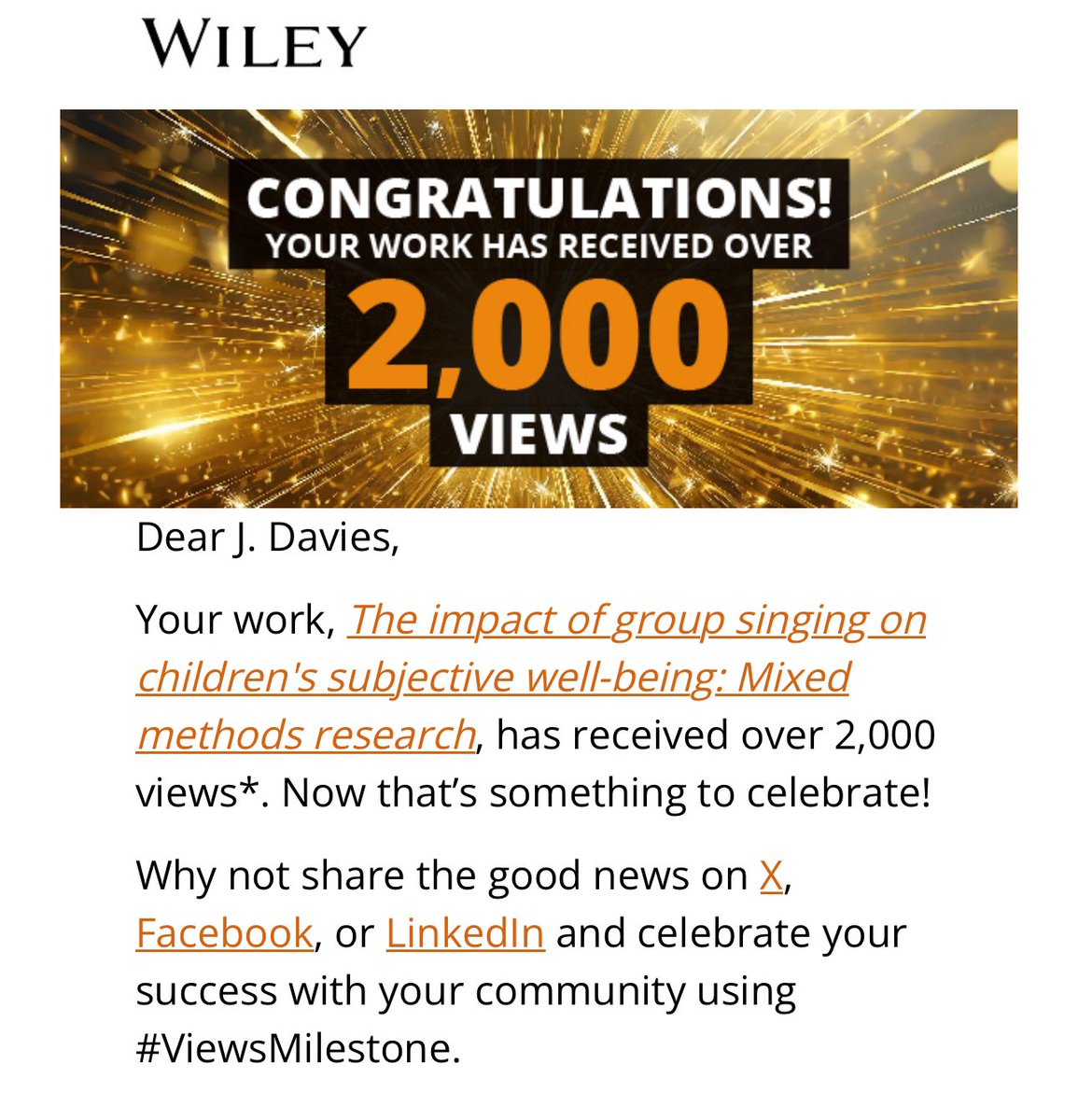
I watched a video with my class today about figs and genuinely don’t think I can eat one again.
For some children, primary school ‘is’ their childhood. We need to be mindful of the fact we teach very young children and so ring-fencing the unique state of childhood is an important part of curriculum design. No child has ever run out of school to wax lyrical about a worksheet
I see the power has gone to the tissue monitor’s head already! 😅
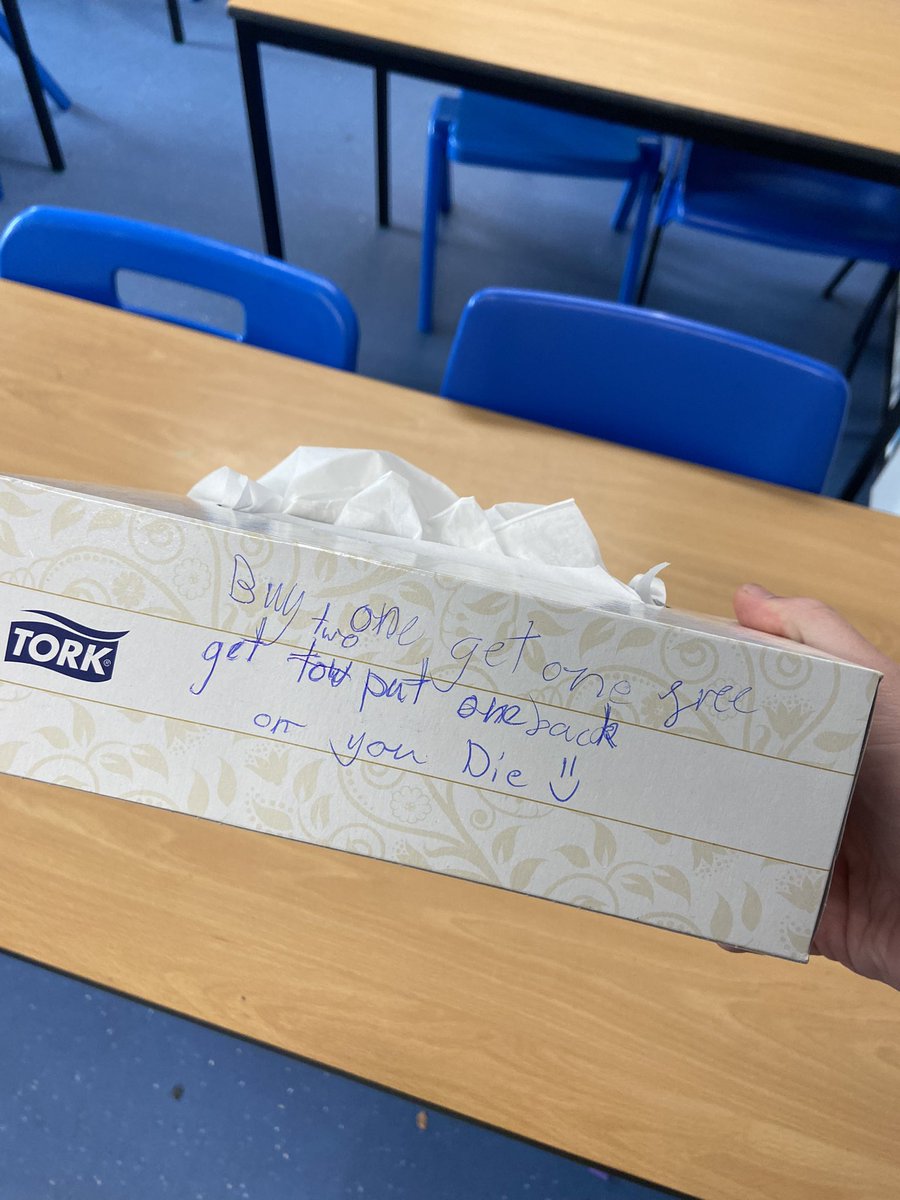
Another behaviour thread: Why tactically ignoring is often a bad idea. Scenario: A student is committing a minor infraction in the lesson. Rocking on their chair, chewing gum etc.. Teachers are commonly recommended to tactically ignore small infractions like these..1/13
Coloured overlays (Irlen,1991) have been ubiquitous for dyslexic relief for many years and are even approved for use in standardised testing (Denton and Meindl, 2016). A Google search will reveal numerous sites selling these overlays as support resources for dyslexia.
Seeing Tweets questioning the use of colour overlays/colour paper for certain SEND. Honest question - is it an adaptation that isn't quite straightforward?
A well timed visit Mr Seagull… 1 minute into SATS maths paper 1 to throw everyone off task! 😅 #sats2023
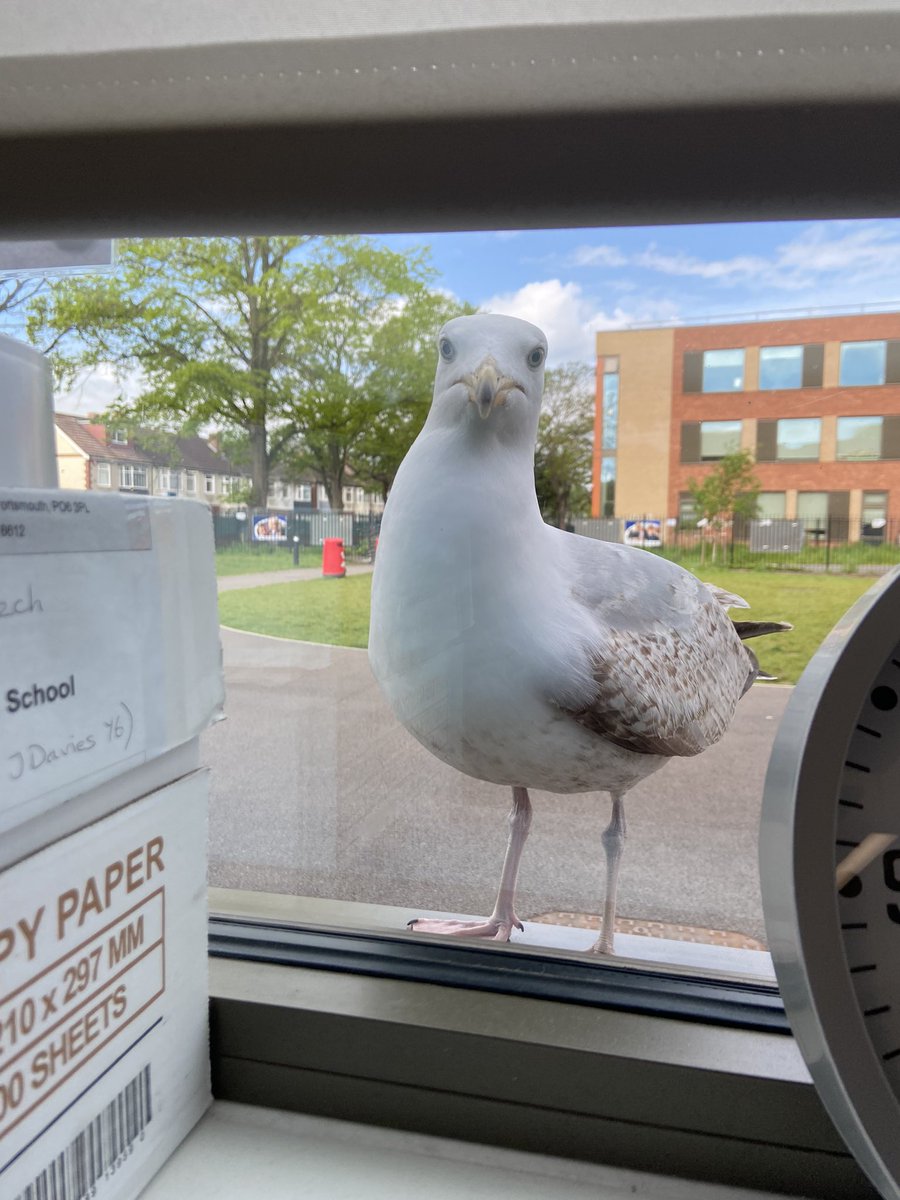
Super helpful article on hinge questions by @dylanwiliam → What they are → Why teachers might use them → 4 design principles for creating them
90% of our brain is shaped by age 5. Childhood trauma disrupts the development of the limbic system. Childhood emotional, physical, or sexual abuse increases the amygdala volume, making it hyperactive. A hyperactive amygdala perceives more stress in the environment, and feels…
Looking forward to presenting on 'engaging' lesson design tomorrow. Looking at proxies for learning, and strategies we can use to deploy cognitively engaging lessons without them turning into a circus. Not a bourbon Stonehenge in sight thanks! #ukedchat
Romero Britto inspiring my Y6’s this afternoon. We lovely learning about his life and approaches to creativity. @brittopopart
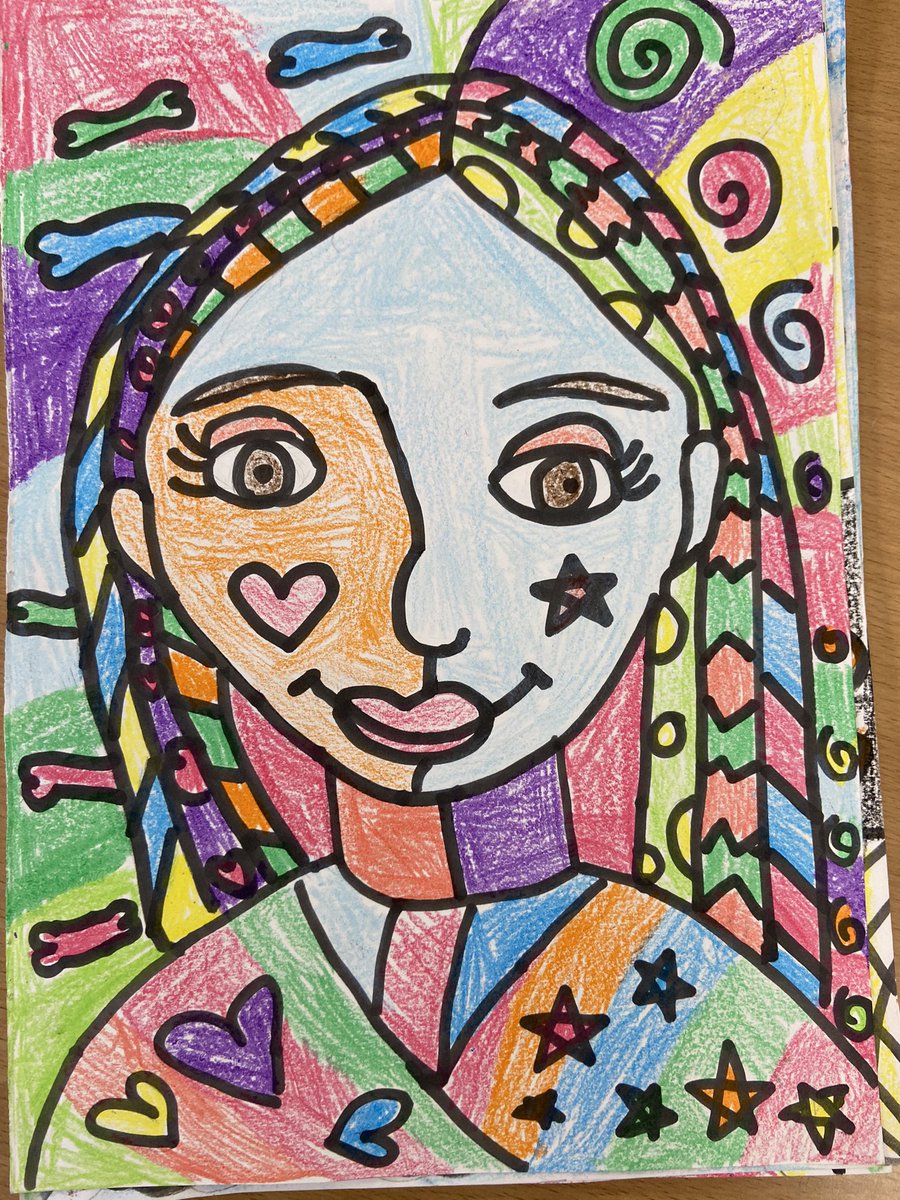
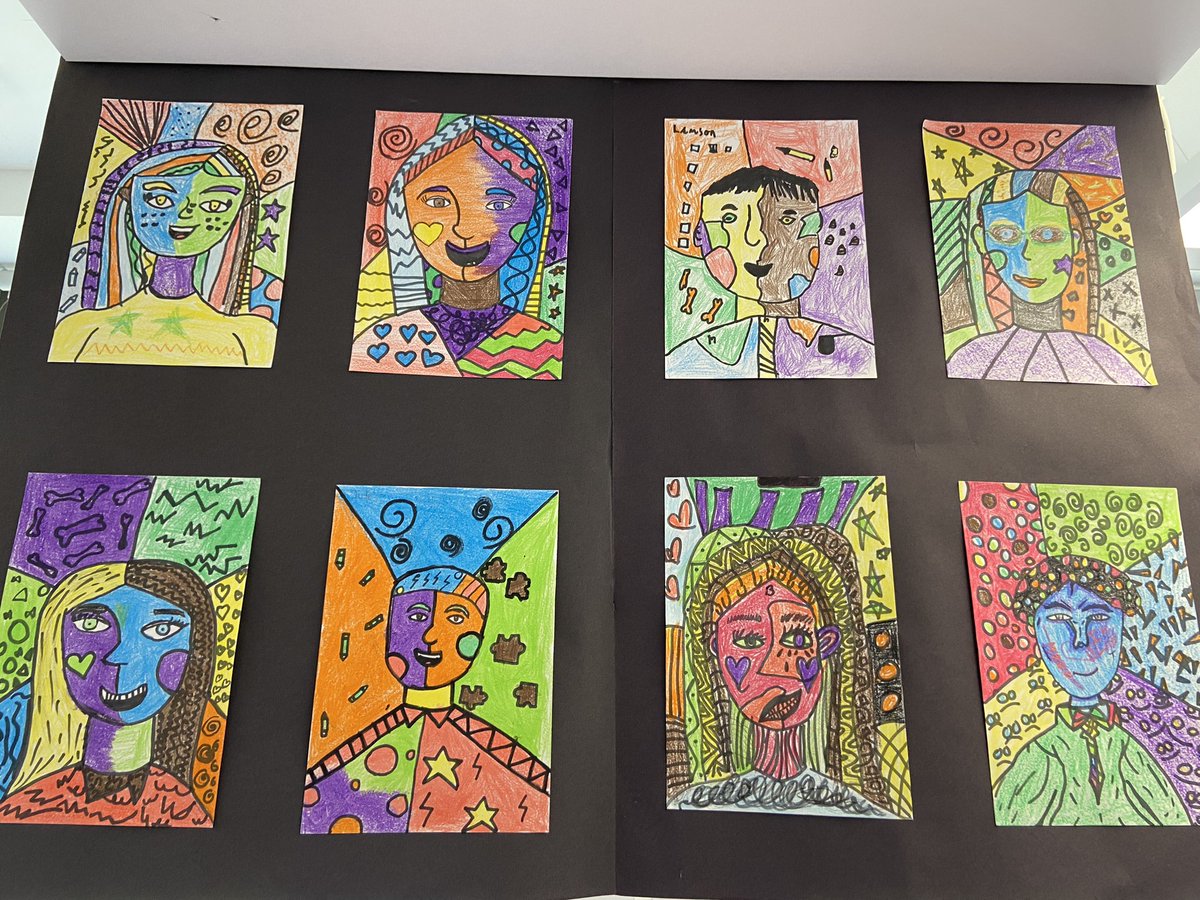
#rEdsurrey22 the speakers have tough competition against the lunch and snacks! 🤌
